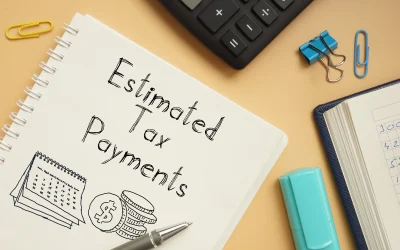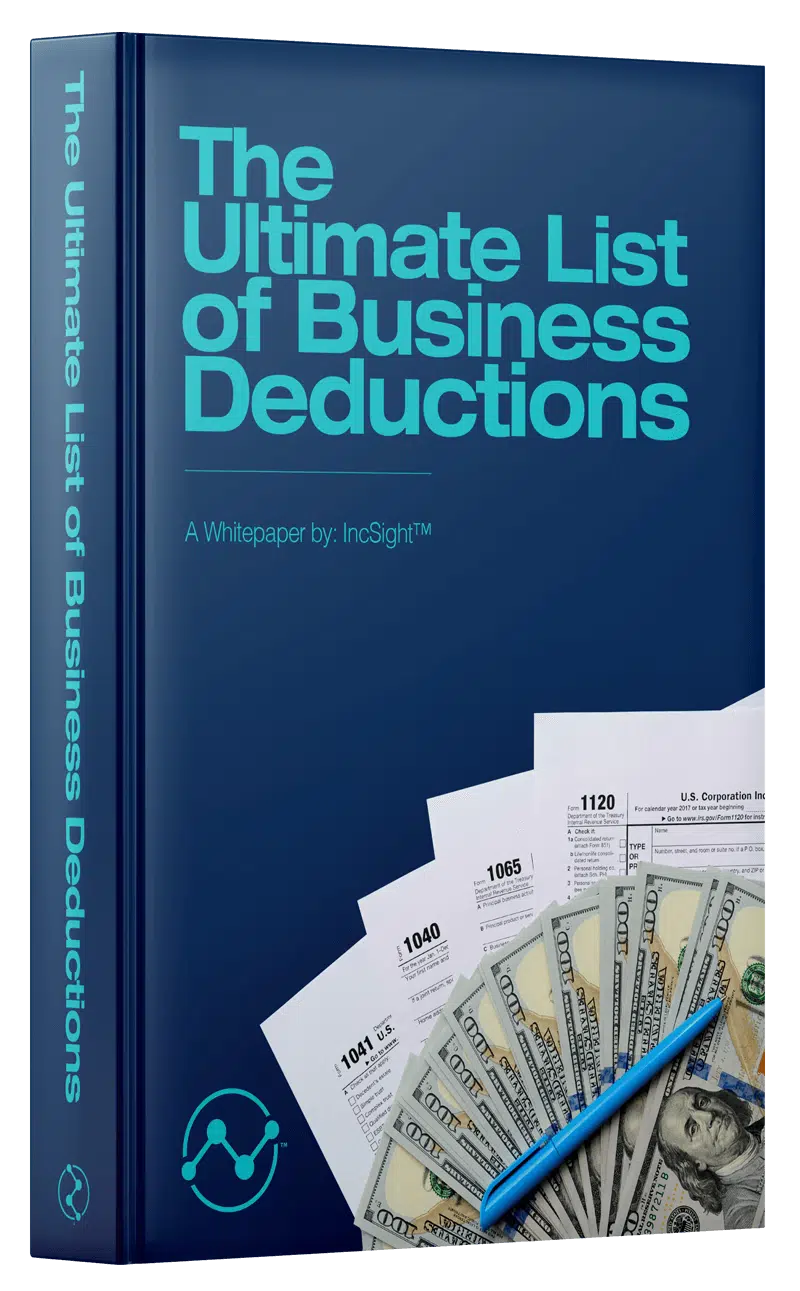IRAs (Individual Retirement Accounts) have been around for a long time and utilized by many. Most people when they think of IRAs think of the Traditional IRA. Put money towards retirement and get a tax deduction today.
However, a Roth IRA can potentially provider even more powerful tax strategies and that’s what we want to outline today.
What Is a Traditional IRA?
Before we get into the Roth IRA, lets quick dive into a Traditional IRA.
- How They Work
- Contribute money to a Traditional IRA account and get a tax deduction.
- Money grows tax-deferred until withdrawal during retirement.
- Withdrawals are then taxed at the ordinary income tax rate.
- Withdrawals taken before retirement are hit with tax along with a 10% penalty unless certain (rare) circumstances are met.
- You can begin withdrawing at age 59 and a half
- How Much Can I Contribute
- $6,000 (or $7,000 if 50 or older) – For 2022
- No phase out if BOTH you and your spouse are NOT a participant in an employer plan.
- Starts to phase out if you are a participant in an employer plan and AGI’s of $109k (Married) and $68k (Single).
- Note: If you are a nonparticipant married to a participant the phase out starts at $204k.
What Is a Roth IRA?
- How They Work
- Contribute after tax money to a Roth IRA account. No current year deduction.
- Money grows tax-free and withdrawals are not taxed.
- You can begin withdrawing at age 59 and a half
- How Much Can I Contribute
- $6,000 (or $7,000 if 50 or older) – For 2022
- Starts to phase out at AGI’s of $129k (Single) or $204k (Married).
Why Are Roth IRAs So Powerful?
- Distributions are Tax Free (Both Principal and Earnings)
- Since you do not get a tax deduction going into a Roth IRA you get to enjoy tax free growth and tax free distributions.
- With a Traditional IRA you get a tax deduction on the amount you contribute but upon withdrawal you will pay taxes on both the contribution amount and earnings!
- Withdrawal Your Contributions (Not Earnings) Without Penalty
- With a Roth IRA you are able to withdraw any contributions (aka principal) tax free and without penalty.
- Lets assume you contributed $6k per year for 4 years and then 8 years down the road you hit a bind and need some cash. You can take that $24k you contributed out of the IRA without facing any tax or penalty.
- It’s important to note than any interest you may have earned within the account, you can not withdrawal (without penalty) until retirement age.
- You can leave amounts in your Roth IRA as long as you live. NO Required Minimum Distributions (RMDs)
- With a Traditional IRA (and many retirement accounts) the government requires that you start taking minimum distributions. They call these RMDs or Required Minimum Distributions and typically this is around the age of 72.
- With a Roth IRA you are not subject to RMDs.
What Happens If I Phase Out of a Roth IRA?
As we talked about above, you may phase out of a Roth IRA if you are at certain income levels. Fortunately there is an option for you (at least for the time being) and it is called a Backdoor Roth IRA. Note, recent legislation may eliminate or remove the backdoor option but as of writing it is allowed.
How does this Backdoor Roth IRA work?
- You open a Traditional IRA and make a non-deductible contribution (aka you get no tax deduction for the contribution).
- Then convert your Traditional IRA to a Roth IRA.
That’s it, you got past the phase out limits. With that being said it can be a little more complicated than that and there are some factors you need to consider:
- You can actually convert prior Traditional IRA accounts to a Roth IRA too, however if it was a deductible Traditional IRA you would need to pay taxes on the value of the account in the year of conversion.
- If you have deductible Traditional IRA funds you would need to convert the pro rata portion of those too, which could lead to a tax sting in that year if you had some prior accounts opened.
Either way, if you are planning on doing this reach out to your financial advisor or whoever manages your account along with your accountant to go through the scenario. You especially want to do an analysis if you have prior deductible Traditional IRA accounts.
What Else Should I Know About Roth’s?
- Whether you are a business owner or not, a Roth IRA is an option for you.
- IRA limits are per person, so if you are married it would be the yearly limit times 2, based on qualifications.
- Based on qualifications, you can contribute to a Roth IRA over and above any 401k contributions you may have made related to your employer.
- With a Roth IRA you are subject to that yearly limit ($6k), if you are a business owner you may want to look at a Roth Solo 401k. This takes the concept so much deeper allowing you to put much more into a Roth.
- Roth accounts are great for those investments that you expect large returns from, because you are not paying any taxes on the growth and future withdrawals.
- Earning 5% is great in an account but imagine you had an investment you expect to earn 15% or 20%+, a Roth IRA would be a great place to put that.
- This is where self directing your Roth IRA account may be a great option!
- If you are hiring your kids in your business (a great tax strategy we always recommend) you could have them contribute their earnings to a Roth IRA. A great retirement account setup and should they need those funds they still have the ability to withdrawal any contributions!
Hopefully this was helpful to understanding Roth’s and why they may be a great option for you in your retirement and investment strategy!








